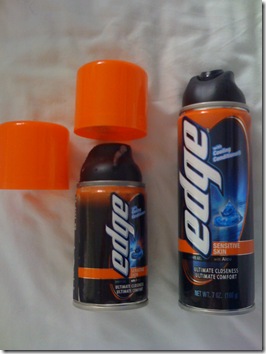It is interesting that what we are witnessing right now is just simply the digitization of books formerly printed in paper. For over 500 years, books have been written and conceived with Gutenberg’s guidelines in mind (Gutenberg is the inventor of the mechanical printing press).
But since the advent of computers and now of the Internet, so many new possibilities have emerged – and yet the printed world has barely changed. The advent of the Kindle, the iPad and other portable reading devices has so far simply resulted in turning analog print into digital print, while keeping the same linear prose format.
If you stop to think about it, we are stuck in one model that, while beautiful and applicable for much good, is certainly not the only model to serve all potential needs that books can serve.
Over the coming years, the whole way we think of e-books and just "books" will probably change. One day it will not be "surprising" to read, within a book, interactive pictures and images akin to the ones you see in Harry Potter movies – those quirky 3D moving photos within the wizards’ magical newspapers.
And it is also quite conceivable, indeed likely, that multimedia forms will reinvent how we do storytelling and how we provide information. Why stick to just prose, or just music, or just newspaper, or just video? Why not create new models for information that combine elements of them all?
Why assume that a linear story is best? Why think that a book is necessarily different from a video-game? Someone will come up with a book that merges some elements of a game with different endings. Analog examples already exist. And digital multiple-choice endings already exist. But we have not even begun exploring all the new possibilities presented by electronic "readers."
And why assume that a book needs to first be written and published, then read, then auctioned off to a Hollywood producer who then helps create a movie version of the movie? Someone will surely create a way to inform or entertain that combines elements of both – and more.
The potential for reinvention of the "book" is so far totally untapped.















![clip_image001[6]](http://blog.peaceworks.net/wp-content/uploads/ColgatesGoatSoap_5E5/clip_image0016_thumb.jpg)